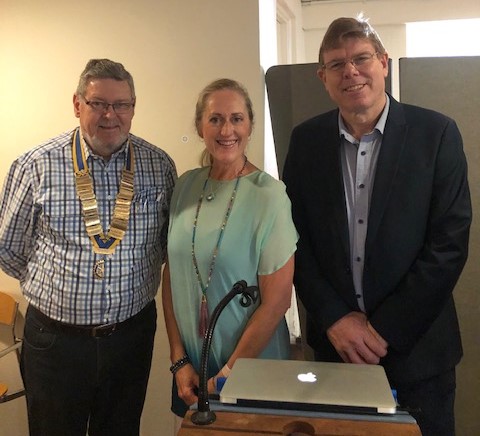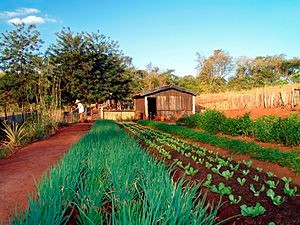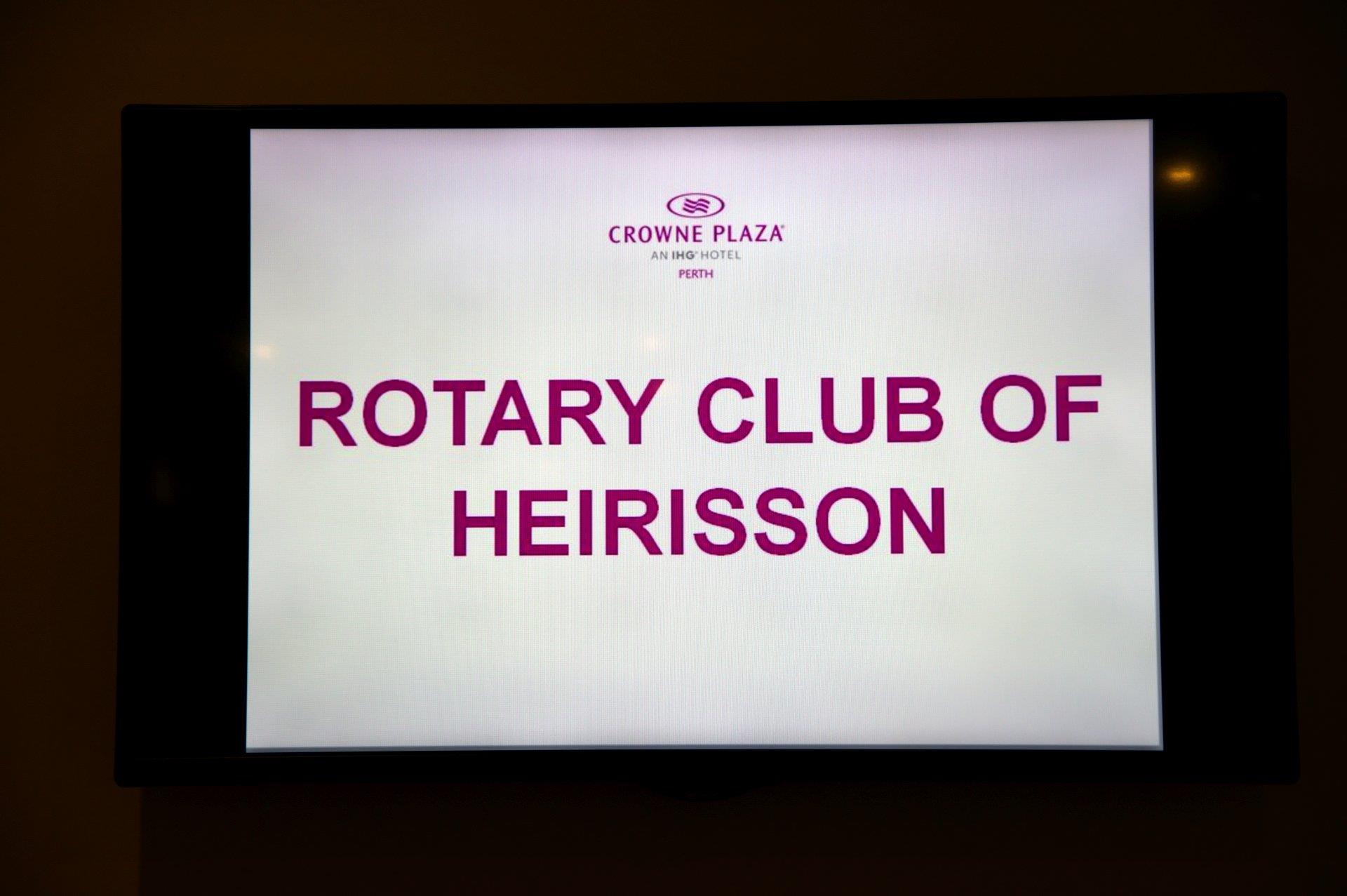5 December Guest Speaker David Stephens, Agrometeorologist


Rotary Basic
The key to getting the most out of your membership is to get involved in ways that suit your interests. The time and energy you invest in Rotary will yield rich rewards. You can shape your club experience by talking with club leaders about your ideas, and as a member, you, too, are eligible to be a club leader. Over time, active members find that the connections they make through Rotary become lifelong friendships. To see how you can get involved, go to appendix A: Optimize Your Membership Experience. You can also check out our publication Connect for Good (https://my.rotary.org › document ›
connect-good) with an overview of opportunities to be an engaged member of Rotary.
Members are eligible for discounts on a variety of services all over the world through Rotary Global Rewards. Visit the Member Center on Rotary.org to learn more.
https://my.rotary.org/en/document/rotary-basics
- Attend as many club meetings and events as you can. Connect with different people each time.
- Volunteer your skills and take on a role such as committee member, greeter, or webmaster.
- Identify a need in your community and suggest a hands-on project that addresses it.
- Participate in, or offer your expertise to, a club leadership development program.
- Tell friends and colleagues how your club is giving back to your community, and emphasize the unique opportunity Rotary provides for networking with leaders in many professions.
- Get involved with your club’s international service projects.
- Browse Rotary service projects worldwide at rotary.org/showcase.
- Join a Rotary discussion group to connect with others who share your interests.
- Discover Rotary voices from around the world at blog.rotary.org.
- Stay up-to-date by subscribing to newsletters from Rotary International at rotary.org/newsletters, reading your club and district newsletters, and visiting your club and district websites and Rotary.org.
- Help your club or district raise funds to eradicate polio.
- Set a personal contribution goal in support of your club’s Annual Fund giving goal, or donate through The Rotary Foundation’s recurring giving program, Rotary Direct.
- Propose a friend or colleague for membership in your club.
- Ask your club leaders how you can get involved in Rotary Youth Exchange, Interact, or Rotaract.
- Talk to club leaders about where your expertise is most needed.
- Visit Rotary Ideas to get ideas for club projects or contribute to another club’s project.
- Post a finished service project on Rotary Showcase to share your success and inspire others.
- Attend your club’s next assembly and help plan club activities.
- Volunteer to help with your club’s signature project — one your club is known for in the community.
- Check out the Member Center and other resources on Rotary.org.
- Join a Rotary Fellowship and meet Rotarians from other countries who share your interests.
- Go to your district conference and the Rotary International Convention.
- Check out another Rotary club’s meeting. Contact its leaders first to make arrangements.
- Take a course on the Learning Center.
https://my.rotary.org/en/document/rotary-basics
All of the coming events – fund-raising, promotional and social – that are coming up in the next two months. Can you please list these events in your diaries.
Brass in the Grass 2019
5.00 to 8.00 pm
11 December
com.au/events/brass-on-the-grass?gclid=EAIaIQobChMI7beM08Tp
5QIVWR0rCh2auwg2E
AAYASAAEgIem_D_BwE
Perth Homelessness We Care get their annual dinner together which will be held 17th December
Shultz Cartoons



.jpg)



